Our brother-in-Arms Jack Marino sends these photos of Pat Wymore’s grave marker next to Flynn’s!
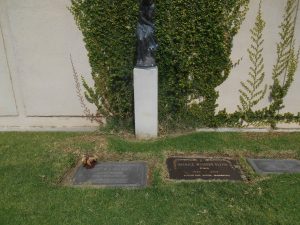

Jack, we tip our hat to you …
— David DeWitt
Our brother-in-Arms Jack Marino sends these photos of Pat Wymore’s grave marker next to Flynn’s!


Jack, we tip our hat to you …
— David DeWitt
Posted in Flynn and..., Flynn-related, Friends & Family, Mail Bag
As long as we’re horsing around …
Who in the orbit of Errolworld was the first to fly a horse to a thoroughbred race?
He or she was:
1) A singer
2) A movie actor
3) A radio broadcaster
4) A horse breeder and trainer
5) Owner of a famous home and property
6) The flying horse won, paying $38 on a $2 bet, at a track Seabiscuit famously raced at, and the only track in the U.S. permitted to stay ooen during WW II.
7) Along on the (Flying Tiger) flight came a filly as company
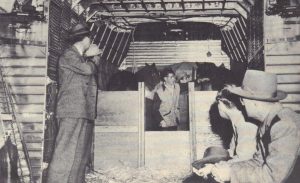
— Tim
Posted in Flynn-related, Gentleman Tim, QUIZ PAGE
Arrogate v. California Chrome. Names that would have worked well in Errol’s own stable.
It was a great day at the races today at Hollywood’s hometown horsetrack, Santa Anita, one of Errol’s favorite haunts, where he often played the ponies, and occasionally raced some of his own.
“America’s biggest race may be the Kentucky Derby, but Santa Anita – or ‘Hollywood’s Racetrack’ – in California wins in the glamour stakes.”
“Since Santa Anita Park opened back in 1934, the horse race track has been featured in numerous films, including A Star is Born (1954), Bob Hope’s The Lemon Drop Kid, the Marx Brothers film A Day At The Races and National Lampoon’s Vacation to name just a few.”

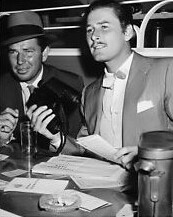

— Tim
Posted in Co-Stars, Flynn and..., Gentleman Tim, Main Page, Special Events
What happened here? / Who’s that lady?


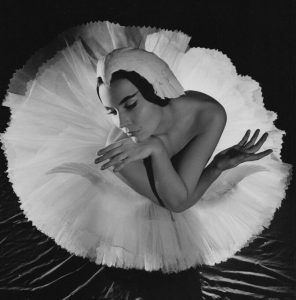




— Tim
Posted in Flynn and..., Gentleman Tim, Main Page, QUIZ PAGE, The Last Years, Travels
Much harder to find photos for this film that are not already common. I try to put only good quality photos here.
This is a great shot.
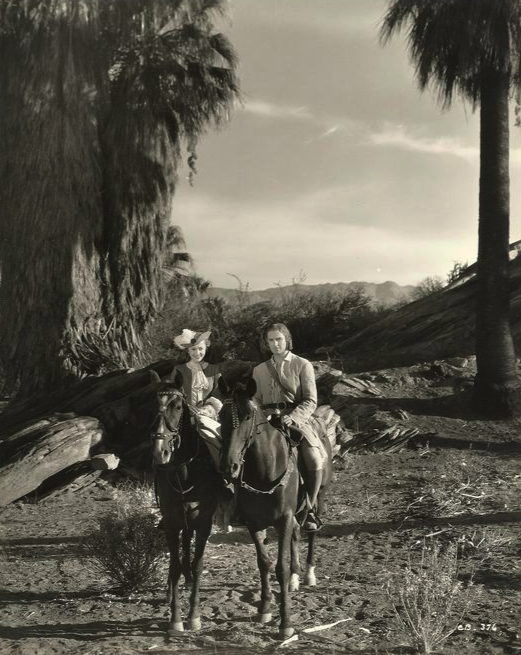
I wonder what they were thinking with this one?

Between takes
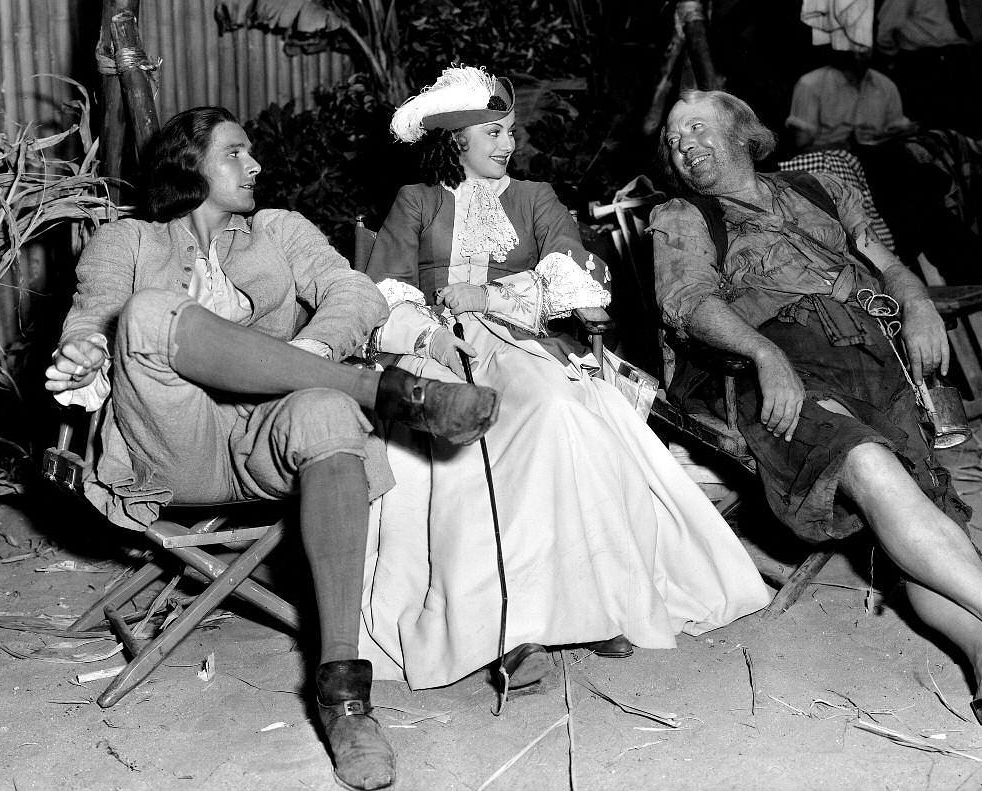
All extras for this photo while the stars are getting a massage.
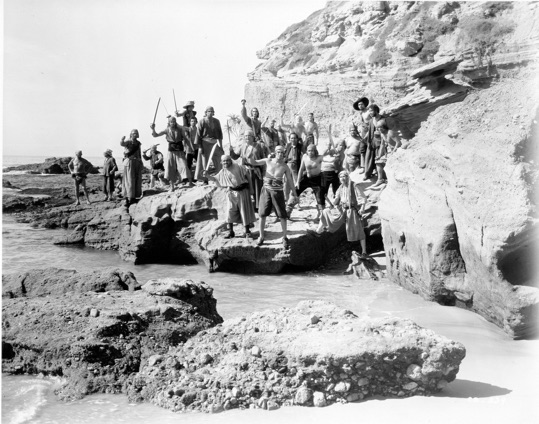
— twinarchers
Posted in Behind the Scenes, Captain Blood Brotherhood, Main Page, Photos
Film Grab

A Beautiful woman on a narrow stairway.
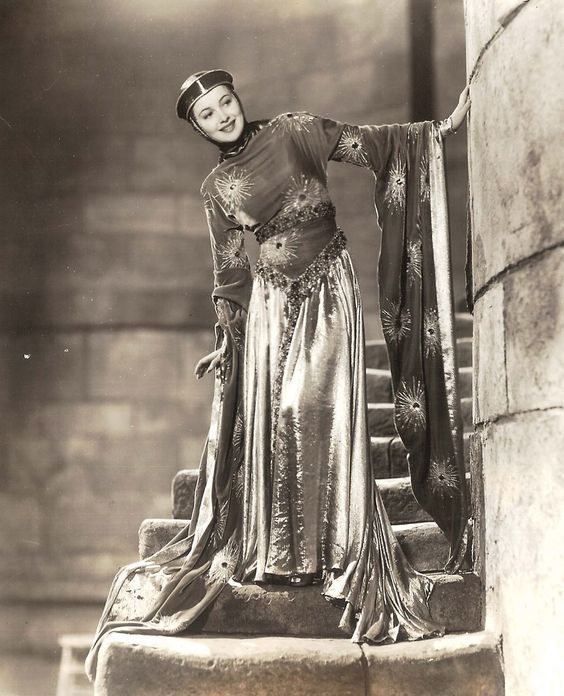
This was probably during the ransom robbery feast scenes.

Before Curtiz took over.
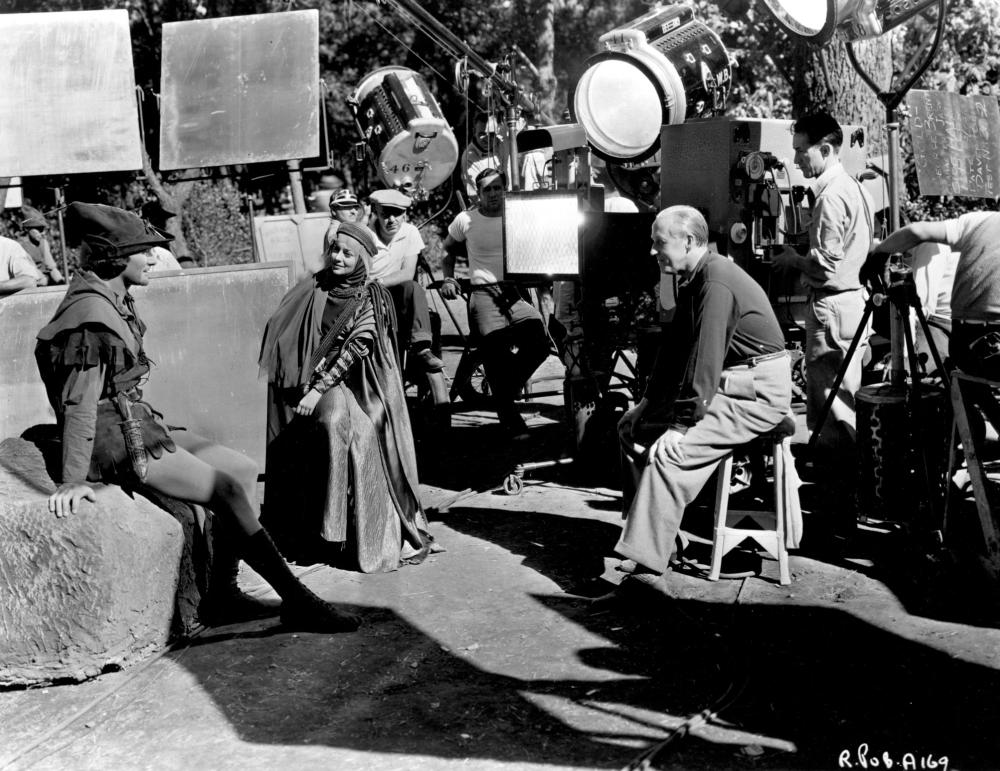
Are those stand ins for the final shot?
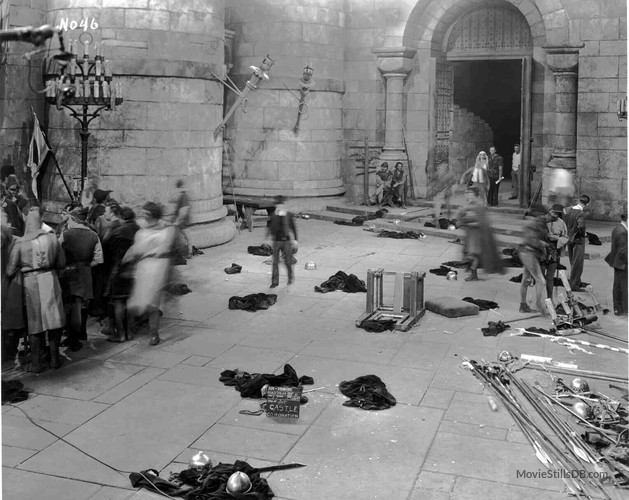
What were they discussing?
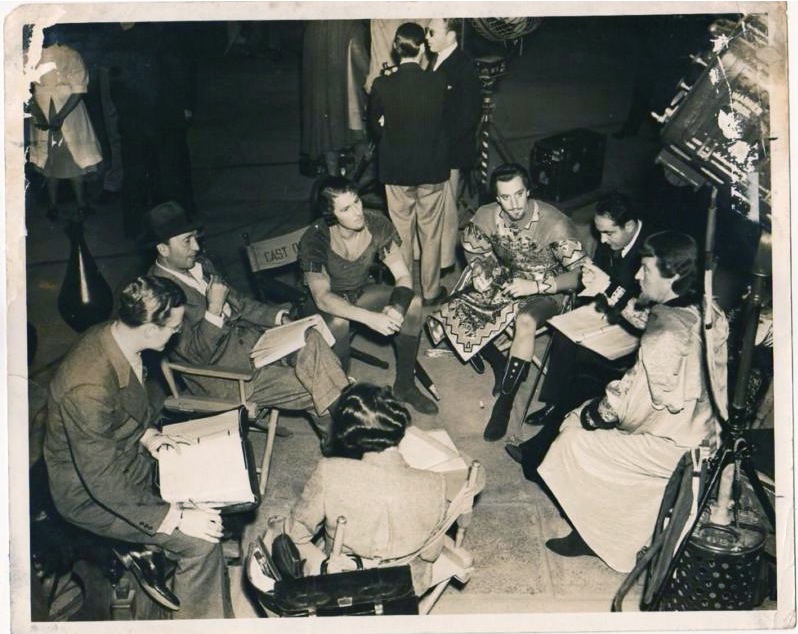
Some of these I have never seen before.
— twinarchers
Posted in Behind the Scenes, Candids, Co-Stars, Main Page, Photos
Live from Caesar’s, photos for the EFB.
Chaplin, Barrymore, Arbuckle, Keaton, Capone, Hayworth and Flynn, they all came here. A top hot spot for Hollywood luminaries during Prohibition, and, again, during the U.S. gambling ban of WW II.
See if you can see Mickey Rooney and Joe DiMaggio in the photos below.
— Tim
Posted in Blog Author's Travels, Flynn-related, Gentleman Tim, Main Page, Travels
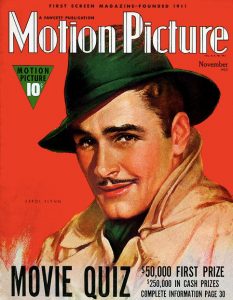
Dear fellow Flynn fans,
who is the famous actor that started his career as an uncredited extra in one of Errol`s London Years films.
He has a strong, rather a non- British accent
won an Academy Award
loves golf
starred as king, spy, robber & space cowboy
alongside Ingrid Bergman, Gina Lollobrigida and Brigitte Bardot
Quiz me if you can,
— shangheinz
Posted in Flynn-related, Main Page, QUIZ PAGE, Shangheinz Shanties, The Last Years

From American Cinematographer
The Sea Hawk Meets the Six Pack
Hardesty, Mary, American Cinematographer
Miller spot uses classic footage from Flynn adventure to set up clever pitch for product.
Did you ever notice the monkey in the galley scene from the classic film The Sea Hawk starring Errol Flynn? Maybe not, but Miller Beer has cleverly brought him to the foreground with their new Miller Genuine Draft Beer 30-second takeoff. This time the monkey appears monkey appears at one of the portholes and drops a bottle which rolls to one of the rowing men.
“The knife the forced laborers use to extricate themselves and escape [in the film] is now a bottle of beer,” explains cinematographer Curtis Clark, ASC, who collaborated on the ad with first-time director Angus Wall. “The challenge was to link Errol Flynn and the original actors with our new guy. Instead of the knife, he’s handed the bottle of beer.”
To make it appear as if Flynn was actually handed a brew, Clark used motion control and a bottle on a rig to match the actions needed to composite the bottle into the late actor’s hand.
Light, angles and perspective proved to be the biggest worries during the five-day shoot at Renmar Studios in Los Angeles, on a set constructed to match the 1940s set. “We had the original footage with us during the entire shoot, so we were able to estimate the perspective needed,” Clark recalls. Although he didn’t have access to continuity reports of the original footage, he was able to make use of video assist to help him match footage. “We would feed in the original scene and superimpose our bottle over the point where Flynn’s hand was, which allowed us to quickly see if the bottle was at the correct perspective,” explains Clark, who was given one day to shoot two such scenes.
To capture the original Forties look, Clark chose Kodak Double X black & white stock. “We took the closest source of the film – in this case a D-1 transfer from Turner Broadcasting’s library –
and used it on the Cineon at Pacific Ocean Post to replicate the look of the original film grain, which was coarser than today’s stock,” explains Clark. “Because we didn’t know the exact steps the filmmakers went through to create the original footage, we had to guess the grain sharpness and diffusion levels.”
To further add to the authentic period feel, Clark and the director decided to recreate the shooting style of the period using the same lighting techniques and lenses.
Fortunately, Clark had found a set of old Cooke lenses that had been rehoused when he was shooting the King Kong Eveready Battery spot [AC March ’94], so he was able to use that gained knowledge to save time and accomplish his lighting tests in only one day.
“From my work on the King Kong spot I knew we needed to use tungsten lighting and traditional studio lamps. The lighting styles used in those days were, in many respects, old-fashioned,” observes Clark, who notes that many older features lack lighting continuity. “They’re not anything like what we would do today. The trick is to always refer back to the reality of the original film and not do what you would normally do to improve the lighting. Making it nicer is not the point: you want to
capture the original Forties look, Clark chose Kodak Double X black & white stock. “We took the closest source of the film – in this case a D-1 transfer from Turner Broadcasting’s library . We had to guess the grain sharpness and diffusion levels [the original filmmakers used.]”
To further add to the authentic period feel, Clark and the director decided to recreate the shooting style of the period using the same lighting techniques and lenses. Fortunately, Clark had found a set of old Cooke lenses that had been rehoused when he was shooting the King Kong Eveready Battery spot.
Publication information: Article title: The Sea Hawk Meets the Six-Pack. Contributors: Hardesty, Mary – Author. Magazine title: American Cinematographer. Volume: 76. Issue: 5 Publication date: May 1995. Page number: 81+. © American Society of Cinematographers.
Is there anyone out there who knows where to find a copy of the Sea Hawk Miller commercial? I’m sure we all would love to see it posted! Thanks.
Here’s the scene stealing Sea Hawk monkey stealing a separate scen from Sea Hawk:
— Tim
Posted in Flynn-related, Gentleman Tim, Main Page, Newspapers & Magazines, Publicity
ChocoTheme by .css{mayo} | powered by WordPress
